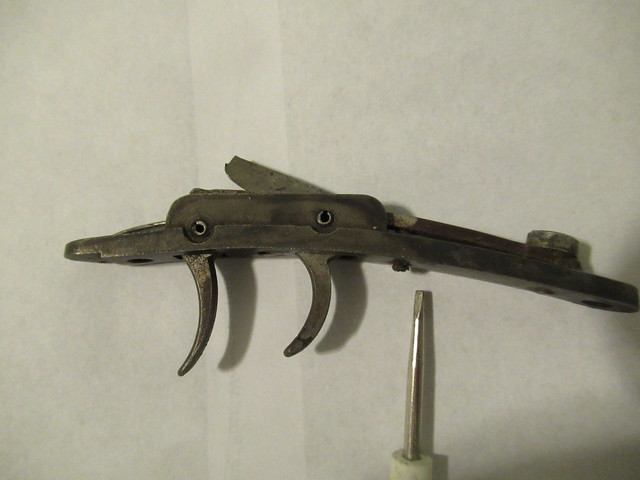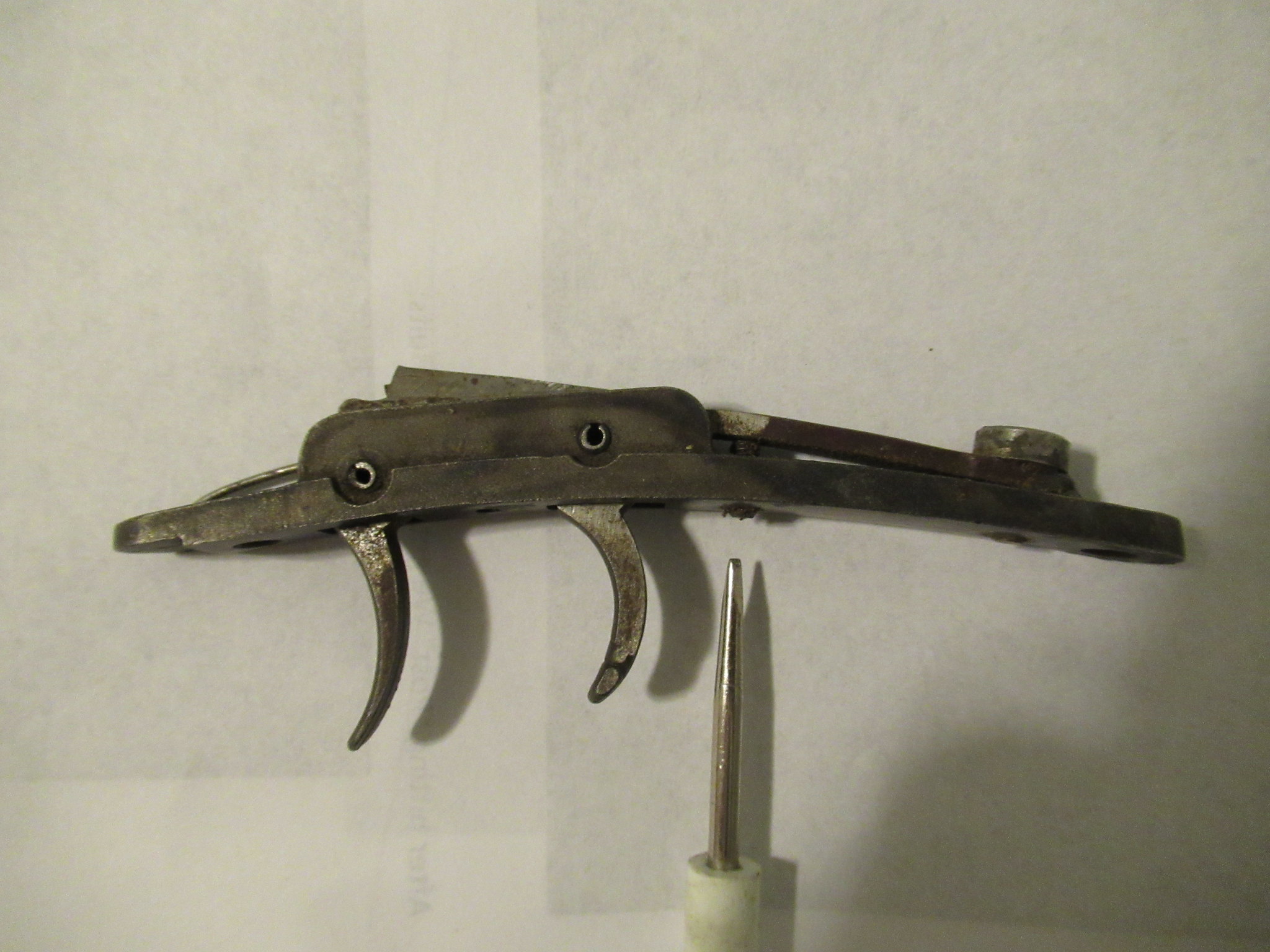Hi all,
Several months back, I purchased a Golden Age Arms .40 half stock percussion, single barrel rifle on the the for sale subforum here. Looked great in the photos and in getting it, it did not disappoint. However, one thing about it has me confused. I'm relatively new to blackpowder still, but I've never encountered a double trigger configuration like this.
So what would be the set trigger needs to be pulled first, before the hammer is cocked and then the main trigger works. If the set trigger isn't depressed, the hammer won't engage and lock back.
To put out it another way, the order of operations for this guns lock is.
1. Pull set trigger
2. Cock hammer
3. Pull main trigger
That's the only way it can work.
I can see it as a safety feature kinda, but I'm thinking it's more likely that the lock needs work.
Any ever encounter something like this, either purpose-built or by mechanical failure?
If I've left out anything that would be helpful, or have not been clear, please let me know. Thanks in advance,
Ken
Several months back, I purchased a Golden Age Arms .40 half stock percussion, single barrel rifle on the the for sale subforum here. Looked great in the photos and in getting it, it did not disappoint. However, one thing about it has me confused. I'm relatively new to blackpowder still, but I've never encountered a double trigger configuration like this.
So what would be the set trigger needs to be pulled first, before the hammer is cocked and then the main trigger works. If the set trigger isn't depressed, the hammer won't engage and lock back.
To put out it another way, the order of operations for this guns lock is.
1. Pull set trigger
2. Cock hammer
3. Pull main trigger
That's the only way it can work.
I can see it as a safety feature kinda, but I'm thinking it's more likely that the lock needs work.
Any ever encounter something like this, either purpose-built or by mechanical failure?
If I've left out anything that would be helpful, or have not been clear, please let me know. Thanks in advance,
Ken





 IMG_0270
IMG_0270 IMG_0271
IMG_0271